Michael, a shepherd, raising a flock of sheep. Someone brought them down—now, Michael is set to “bring them down”.
Irish cinema has long mastered the art of blending suspense with emotional depth in grounded environments, often using its narratives to explore historical or contemporary social issues through layered human relationships. “Bring Them Down” continues that tradition, offering a moody, atmospheric revenge thriller—one that favours realism and restraint over drama or spectacle. Sometimes, that works in its favour. Sometimes, it feels like it’s holding back too much.
The film follows Michael and his father Ray, the last-standing men of their family. Michael is haunted by a past that continues to cast a long shadow, often triggered by brief encounters—like seeing Caroline, his neighbour, probably his former lover, and a living reminder of a tragic accident that still defines him. He is part of the traumatic incident in the past and also responsible for it. The scar isn’t just on Michael—it’s left its mark on Caroline too, both emotionally and physically. She literally carries a scar from that incident, a constant, visible memory of what happened. When a new tragedy strikes, Michael is driven toward revenge. But the real question becomes: who is responsible, and how far will he go?
The first act opens ambiguously with a car accident, setting the tone for the emotional rigidity that follows. There’s a coldness in this rural Irish village—an emotional frost that seems to touch nearly everyone we meet. Rudeness and repressed trauma define many of the characters, Michael included. Men of this village speak in short, and they are either rude or bullies.
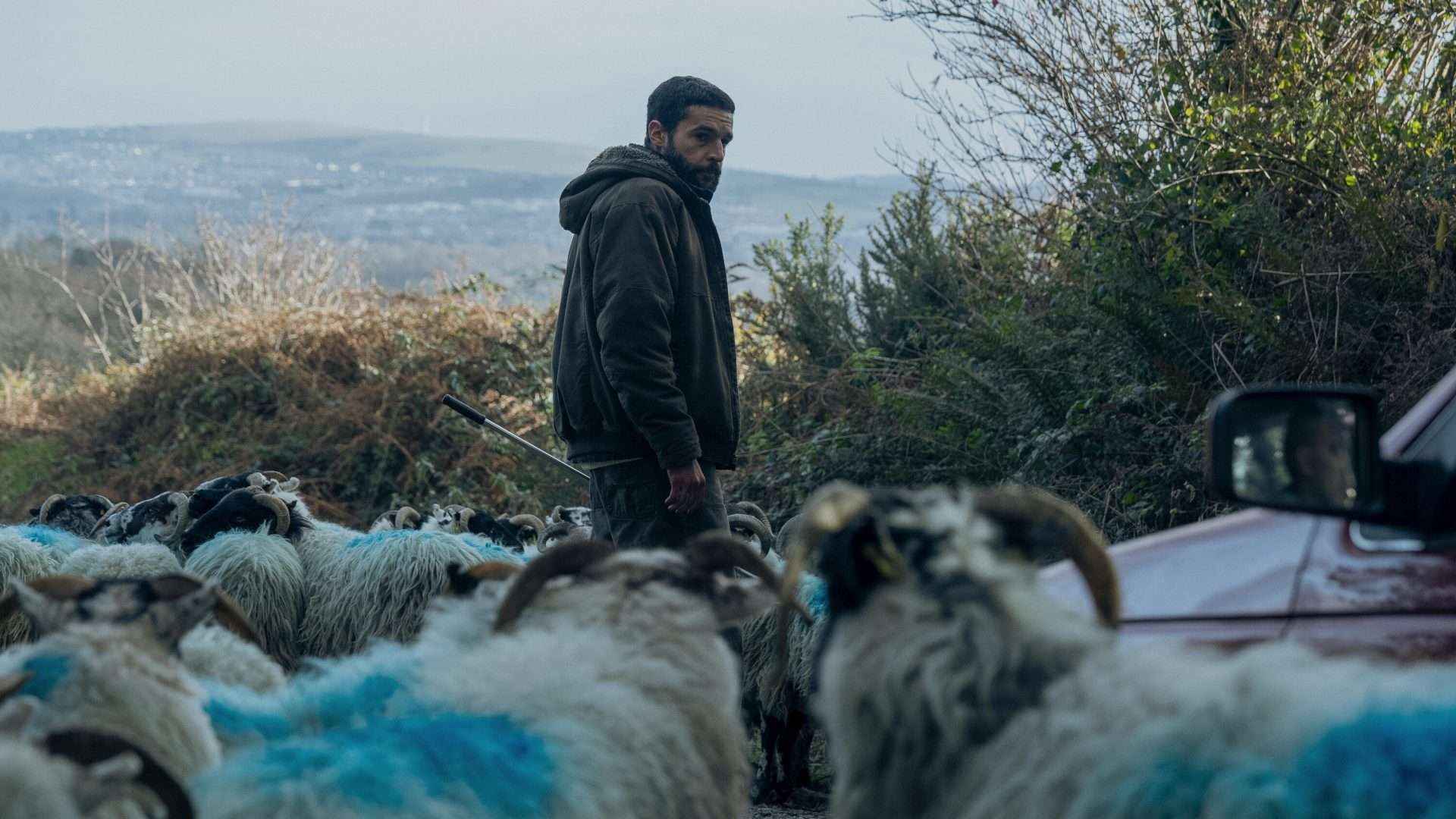
The scene in which Michael discovers what happened to his flock of sheep becomes a catalyst for the film’s forward momentum, planting both narrative drive and emotional quotient. Up to that point, we’ve been given minimal backstory, and most characters remain opaque. Much like other thrillers from the experimental end of the spectrum, this one leans more into realism than the intense mainstream revenge narratives. The landscape itself becomes a character—its towering mountains reflecting the pride and vengeance simmering in the hearts of these Irish men.
The handheld camerawork subtly enhances the film’s tension and ambiguity. A particularly intense sequence in which Michael goes hunting out of revenge—not fully certain who’s responsible, but following his neighbours’ husband and eventually killing a man. He also reaches the edge of death himself in the process. This isn’t a man with a thirst for blood; it’s a man acting under pressure. The violence isn’t cathartic—it’s clumsy, chaotic, and haunting. While Michael is capable of killing, it’s not for the sake of avenging sheep—it’s to reclaim something older, something tied to pride and legacy. His father’s words echo with weight: “Bring me the head.” This isn’t just justice—it’s ritual, a centuries-old chain of pride, masculinity, and blood.
Though Michael can come across as cold or even rude, he also shows a quiet sense of dignity. He helps people he doesn’t even like. He even extends kindness to those he doesn’t want to see. That makes his eventual turn to violence all the more layered. The crime committed by Jack and his cousin—motivated by greed—collides with Ray’s stern pride and generational expectations, putting Michael in an impossible position. Pushed into a corner, he kills a man, but ultimately, he still chooses to save Jack. It’s clear that Michael, like Jack, is more shaped by his environment and circumstances than any innate thirst for vengeance.
These men are bound by ego more than reason. Jack is young and easily influenced, perhaps too easily. By the time the truth crosses his mind, it’s already too late. Caroline, meanwhile, is the only character who feels like she’s actively trying to escape the past. She lives with a man she clearly doesn’t love, a man whose actions have left her drained. Her plan is simple: leave the village and leave the trauma. It’s a quiet kind of strength and perhaps the only true resolution in the film.
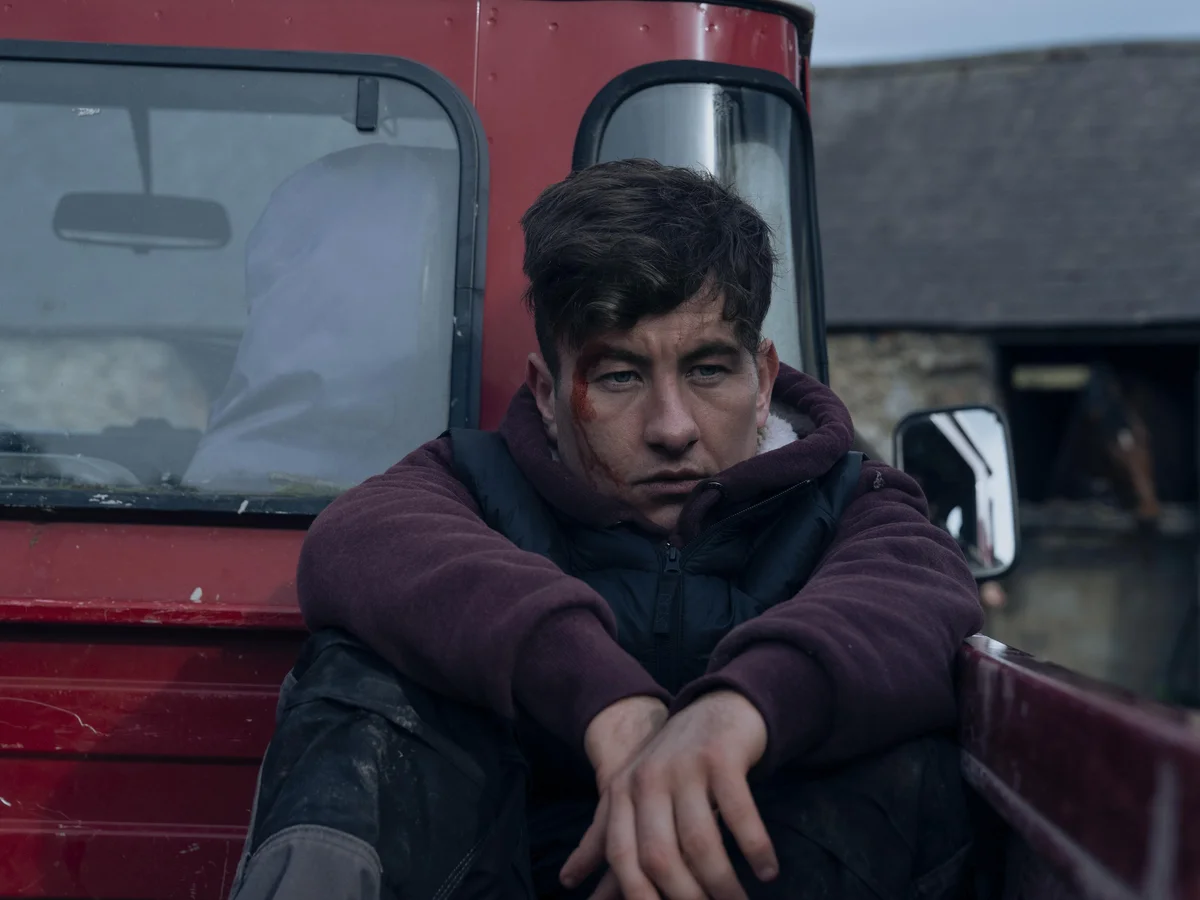
Jack’s twisted reasoning and eventual regret feel far more grounded than what we saw with Oliver Quick in “Saltburn” (2023). The twist here isn’t loud or shocking—it arrives quietly and settles in like a bruise. It doesn’t try to wow the audience but instead sits with them. The film resists spoon-feeding exposition or over-explaining relationships, which helps maintain its realism but may frustrate viewers looking for clarity. The editing tries to pick up the slack, especially after the inciting event, injecting much-needed rhythm and tension where the screenplay feels sparse.
Barry Keoghan and Christopher Abbott disappear into their roles as Michael and Jack, delivering understated performances that never feel forced. This is familiar ground for both actors—Keoghan’s cold stares, Abbott’s internalised guilt—but they handle it with a realism that suits the tone. The film doesn’t rely on their star power, allowing the story to unfold naturally. Abbott, speaking Irish as a native, brings a level of authenticity that adds even more depth.
Structurally, the film’s decision to shuffle timelines and withhold information pays off in the early stages. It keeps the audience leaning forward, piecing together fragments, listening closely. It’s the kind of slow-burn mystery that works well in theory and often in practice. However, the emotional payoff—what we expect to hit like a tidal wave—never fully lands. It simmers, but it never boils over. That might be by design. Maybe not all stories are meant to explode. Maybe some are just meant to linger.




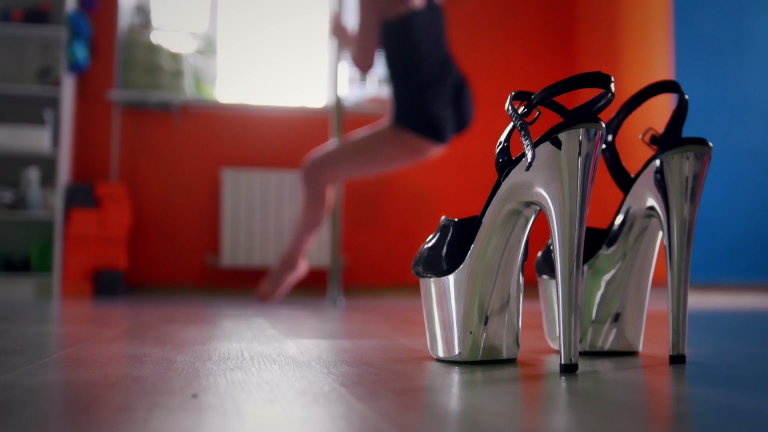
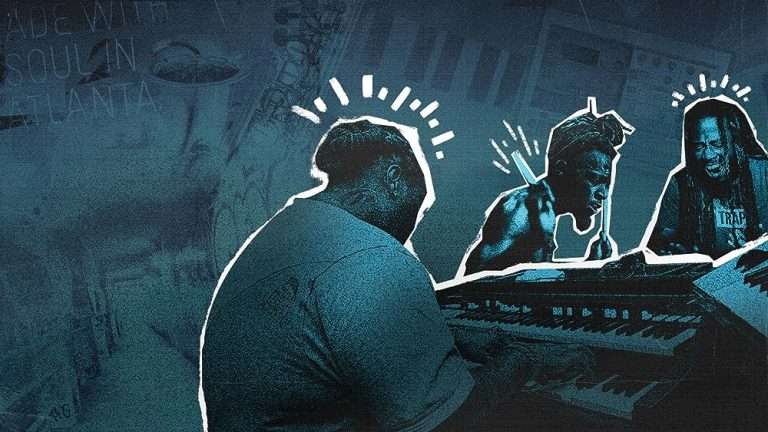
![Going Clear [2015]: Scientology and the Prison of Belief](https://79468c92.delivery.rocketcdn.me/wp-content/uploads/2015/12/goingclear1.jpg)

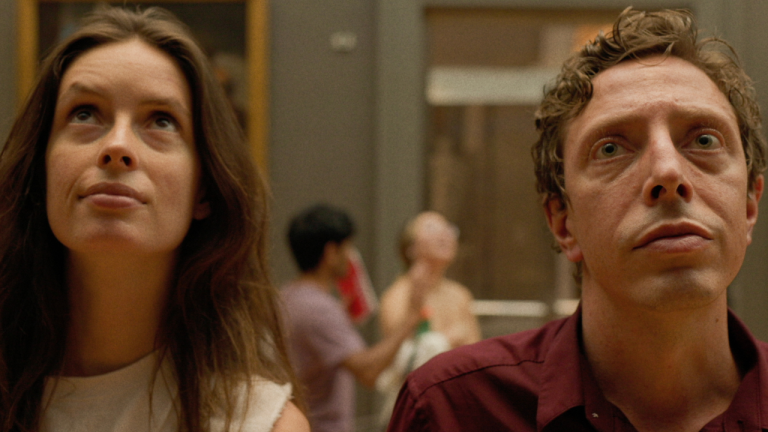
![Citizenfour [2014] Review: Paranoia-Inducing Edward Snowden Revelations](https://79468c92.delivery.rocketcdn.me/wp-content/uploads/2019/02/Citizenfour_HOF-768x420.jpg)